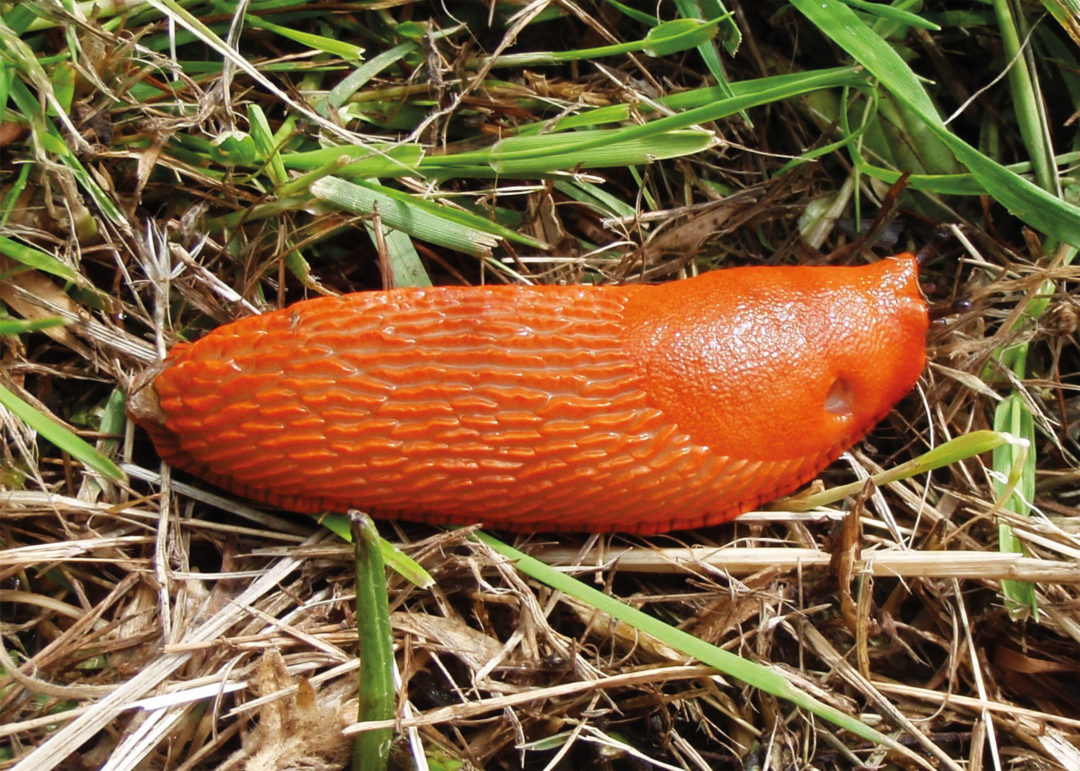Malacology
Research
Our main research is on the systematics and taxonomy of Palaearctic lymnaeid freshwater snails (Gastropoda: Basommatophora: Lymnaeidae). The shells of many species, especially members of the genus Radix, show a high intraspecific variability. This may blur the species limits and makes identification using shell morphology nearly impossible. Lymnaeid freshwater snails are important intermediate hosts in the life cycles of many pathogens (for example in fasciolosis, bilharziosis, opistharchiasis). Therefore, reliable identification is important not only to malacologists but also to parasitologists. Anatomical features of the reproduction system seem to be the most reliable characters for species differentiation. The morphological survey of this internal character complex is corroborated by molecular studies to clarify species limits.







